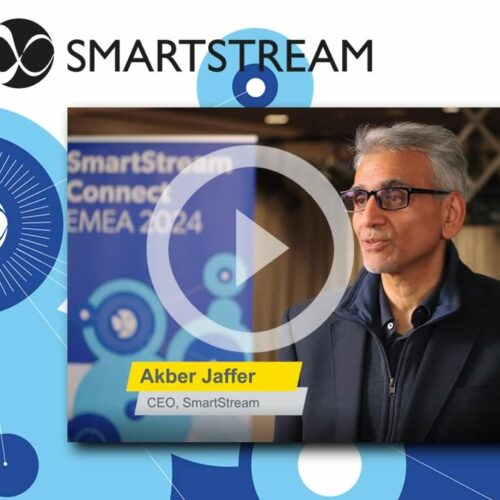By Adam Cottingham, Product Manager Corporate Actions, SmartStream
For me, SIFMA Ops is a must attend event. It offers a chance to listen, learn and engage with ‘the voice of the US securities industry’ – all while enjoying some warmth in the Florida sunshine.
The energy at this year’s event was buoyed by the successful implementation of T+1 in 2024. With that milestone behind us, the focus has shifted to the next wave of operational challenges. A notable undercurrent was the new U.S. presidential administration’s introduction of deregulation. With the rollout of Treasury Clearing scheduled from 2026 through 2027 now firmly on the calendar, the conference offered a thoughtful and measured exploration of the question: What comes next?
AI adoption is gaining momentum, with a strong emphasis on establishing guardrails and focusing on practical applications. There is a recognition that AI is here and it has a role – assist but do no harm. Conversations centred around achievable, relevant use cases rather than deploying AI for its own sake. Natural language querying, intelligent document extraction, and low-code development tools, large language for configuration and knowledge-based chat bots for help – that deliver immediate impact. What stood out was the consistent approach: using AI to assist, expand capacity, and reduce friction across operations.
Industry contingency and resilience is a necessity achieved through transformation. Innovation can reduce risk and create a new level of resilience as modern technology is integrated across the supplier value chain. This change is a gateway to new shiny and modern systems that are more adaptive, robust, and prepared for today’s threats. Luckily these tools are the same that offer a pathway to acceleration of the trade lifecycle. In this context, a deregulatory agenda isn’t just a policy shift – it’s an opportunity to retool, modernise, and build for the future.
Future Proof operations to reduce friction of manual processes, fragmented systems and legacy technologies is in focus. A path to 2030 was quantified by Barnaby Nelson of the Value Exchange, highlighting how decoupling budgets from regulatory burdens opens the door to more strategic transformation. He compellingly positions technology vendors as essential partners in this journey, while also spotlighting Asset Servicing and Corporate Actions as critical areas ripe for change. The industry conversation has evolved – from the traditional ‘build vs. buy’ debate to a more nuanced pursuit of high-quality, innovative partners who can support each firm’s unique transformation roadmap.
I’m already looking forward to next year – eager to see the progress we’ve made, curious to find out who will claim the title for the biggest stand, and wondering whether we’ll navigate the geopolitical threats outlined by keynote speaker (and real-life James Bond), Michael Baker.






